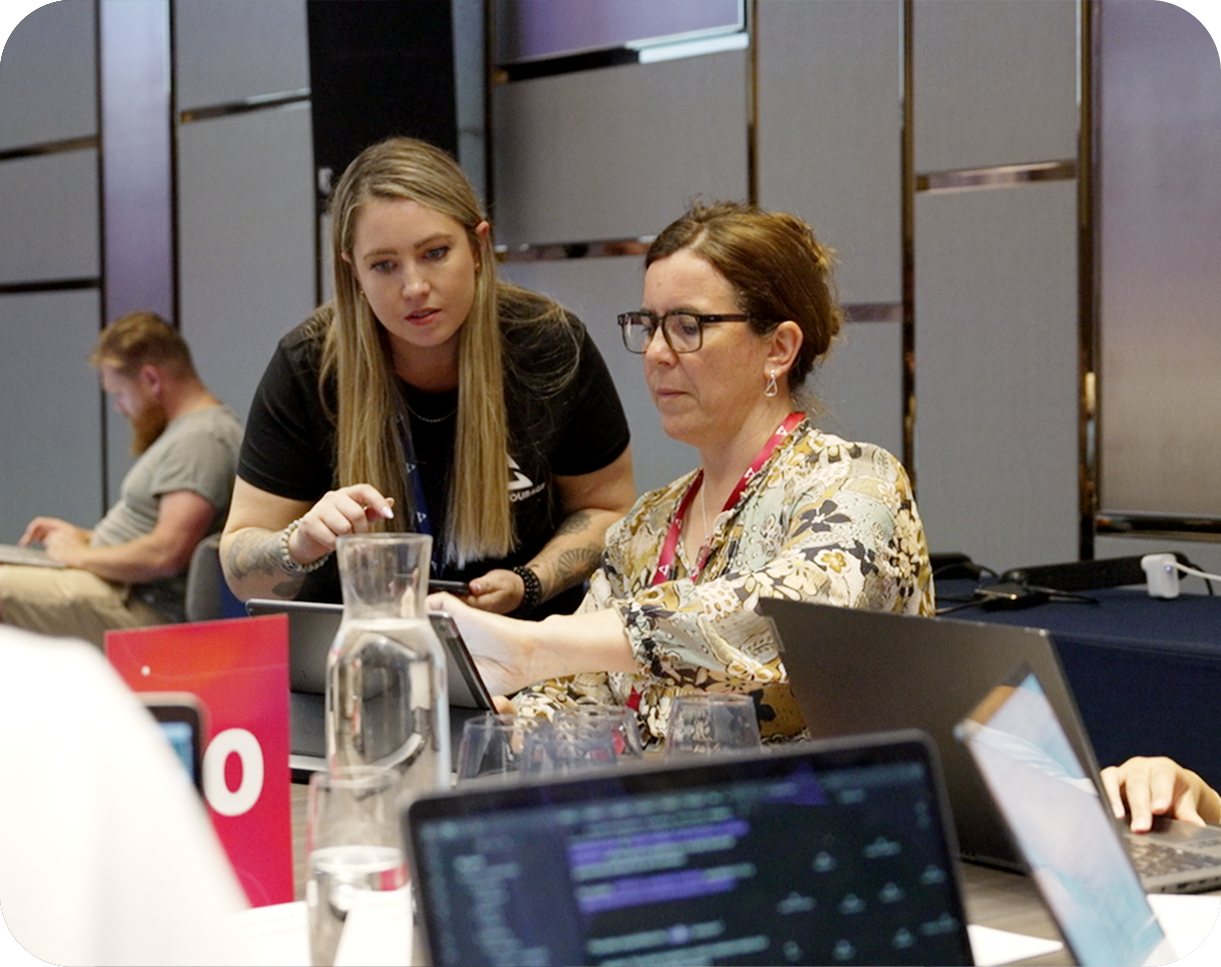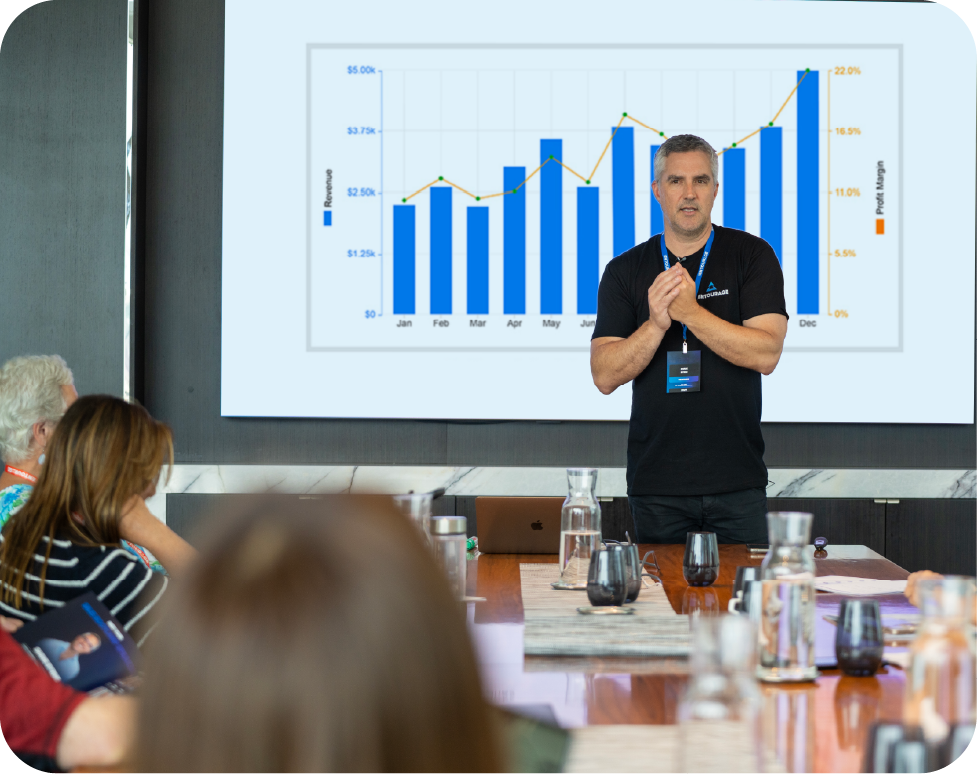Key Highlights
-
Cypress Cloud, previously known as Cypress Dashboard, gives you great information about test runs, test coverage, and analytics. This makes debugging quick and effective.
-
It lets you run tests in parallel, balance the load, and cancel automatically. This speeds up CI pipelines.
-
You receive detailed test results that include screenshots, videos, and stack traces. These help you quickly analyze failures.
-
It easily connects with CI/CD tools and workflows like GitHub and Jira. This makes automation simple.
-
There are free, open-source options like Sorry Cypress. These provide teams with dashboard features that save money.
Introduction
In our quickly changing world, good testing is very important for making reliable software. The Cypress Dashboard is an open-source tool that helps teams see their testing clearly. Setting it up is simple. The dashboard records test runs and collects test results in one spot. It also provides analytics that can improve quality over time. By using the Cypress Dashboard, teams can improve their testing process, from configuration setup to useful analysis.
Understanding the Cypress Dashboard
The Cypress Dashboard, now called Cypress Cloud, is a web-based tool meant for the Cypress testing tool. This platform allows teams to see all the actions happening during their test runs. It helps a lot with tests run in CI pipelines, as keeping track of everything can be hard.
One great feature of the dashboard is the real-time analytics. Users can check the status of each test. They can also see details about failures and improve their test suite. Functions like grouping test runs, displaying detailed spec file stats, and offering clear failure reports help development teams notice patterns. This helps them fix problems faster.
Overview of Cypress as a Testing Tool
Cypress is a new testing tool that is becoming popular. It is used for end-to-end, integration, and unit testing of modern applications and web applications. With Cypress, developers and QA teams can run tests directly in the browser. This gives a chance for accurate and interactive testing, similar to how real users behave. As a result, the tests provide results that are closely related to actual user experiences. This helps improve the overall quality of the software.
One great thing about Cypress is that it is free software under the MIT license. This means teams can use it without any licensing issues. It comes with helpful documentation and community support. The development is active, so it is always up-to-date. This makes it easy for anyone, whether they are beginners or experts, to start using Cypress and fix any problems they might face.
Cypress has amazing features. It offers interactive test retries, network stubbing, and advanced command chains. These features help make automation easier and provide quick feedback while developing. The dashboard is easy to understand and works well with the main testing tool. It gives clear results, making it easier for teams to manage many test cases.
Key Features of the Cypress Dashboard
With a Cypress Cloud account, you can use many tools on the dashboard to help with your testing process. A main feature is that you can see all test activities in real-time, including test recordings. You can view the total number of tests that passed or failed and get details about any failures. The dashboard organizes each test run neatly. It also lets you filter and group runs by project, branch, or tag easily.
Another great feature is its advanced analytics. Teams can see test coverage and look at trends using custom graphs. You can also find useful numbers like flake severity and the tests that often fail. This data helps QA leaders and developers focus on fixes and improvements based on real information.
The dashboard manages media such as screenshots and videos from test runs. This visual proof is very useful for finding problems, especially with flaky tests or regressions. These features make the Cypress Dashboard an important tool for keeping product quality high.
Setting Up Cypress for Your Projects
Getting started with the Cypress Dashboard is easy. This is perfect for teams who are starting with automated testing. First, you need to install Cypress. Then, set up your configuration. Finally, connect your project to Cypress Cloud. Doing this helps with reporting and analytics.
When you add Cypress to your work, it has an easy setup and a user-friendly interface. This makes things run more smoothly. You can concentrate on creating good tests and checking the results. You won’t spend time on tricky tools.
Installation and Initial Configuration
Installing Cypress starts with using package managers like npm, yarn, or pnpm. For example, you can type npm install cypress --save-dev in your Node.js project folder. This command will download and set up Cypress if you have a package.json file and the right folders ready. These steps are key for good test automation.
After you install it, developers can start the Cypress App with npx cypress open. This lets you do interactive testing. You can also run tests without a user interface by using npx cypress run. You can pick between end-to-end tests or component tests. This choice helps make it easier to write test cases in the future.
You can change the initial settings by updating the cypress.config.js file. This lets teams change the setup to fit their needs. Connecting to Cypress Cloud helps you see everything clearly. It makes it easy to record, analyze, and share test results with your team using one dashboard.
Integrating Cypress with Your Development Environment
Cypress works well with your current development setup. This is useful for running cypress tests. To add Cypress to your CI pipeline, just put the correct commands in your build scripts. You need to add your unique project ID for cloud recording. This setup allows your tests to run automatically every time you push code. It helps catch any issues before they grow into bigger problems.
Today, teams can link Cypress with version control services like GitHub. This connection starts automated tests whenever you merge or create pull requests. It helps developers see test results right in their development setup. They can easily check how new code might affect the project before it goes live.
Cypress works well with many CI tools. These tools are GitHub Actions, Jenkins, GitLab, CircleCI, and others. Teams can use specific variables and the right project ID. This helps make sure that test results are easy to follow and find. As a result, each test run gives valuable information.
Advantages of Using Cypress for Continuous Integration
Integrating Cypress with CI/CD pipelines changes how teams handle software quality. Automating test runs helps create a culture of continuous integration. In this setup, every code change is tested for stability and accuracy. This practice reduces defects and speeds up release cycles.
Cypress provides clear test results and useful analytics. It can run tests in parallel, a feature missing in free tools like Playwright. This makes it easier for teams to get quick feedback. As a result, they can fix issues faster. This allows testing to keep pace with agile development.
How Cypress Enhances CI/CD Pipelines
In a modern CI pipeline, Cypress plays a key role. It gives quick and dependable feedback. Cypress can run tests in parallel. It does this by sharing test specs across several machines. This approach reduces the testing time. It also makes deployment faster and boosts engineering efficiency.
Cypress Cloud offers helpful features like load balancing and auto cancellation. These make it easier to use resources well in the CI environment. The dashboard has analytics to track test coverage, run times, and failure rates. This provides a clear view of the project's health over time.
Test coverage analytics show where automation is lacking. This helps teams improve their tests where it is necessary. Cypress gives notifications and easy access to testing histories. This makes sure that no test result or possible issue is missed during the fast CI/CD process.
Case Studies: Successful Implementations in CI
Many companies have noticed great improvements in their CI processes thanks to Cypress. For instance, PayPal and Disney use Cypress to make their release cycles easier. They like how clear and reliable the dashboard is for tracking results.
Visual Testing with Cypress Dashboard
Visual testing is really important. It helps us check that changes to the user interface do not cause surprise shifts in the layout. The Cypress Dashboard provides great tools for visual regression testing. It captures screenshots and records video during every test run.
Testers can see these visual items easily. They can quickly compare the actual results to what they expected. This helps them find visual mistakes and differences right away. The dashboard shows all this information together. This makes it easier to review and cuts down on the need for checking things by hand.
Tools for Visual Regression Testing
Cypress provides helpful tools for visual regression testing. This improves the quality of modern user interfaces. When tests run, Cypress can capture screenshots if there’s an issue. This creates a visual record that connects to the test results.
These screenshots are important during reviews. When teams look at current screenshots and compare them with past test runs, they can see visual changes that might affect user experience. These images, along with extra details, make it easier to analyze and compare them.
Videos recorded during tests show how the application functions. They are useful for fixing difficult UI issues or bugs. A mix of screenshots and videos helps QA teams find small defects. This keeps the appearance of applications uniform.
Analyzing Test Results Visually
The Cypress Dashboard makes it simple to read test results. It shows graphs that display test pass rates, flakiness, and failures. This helps teams keep an eye on quality over time.
The dashboard provides analytics, including heatmaps that display how tests are doing. For example, histograms show the time each test spec needs to run. This information identifies bottlenecks and helps teams improve slow or frequently failing areas of the test suite.
These analytics point out important metrics such as "ever-failing" or "flaky" tests. When this information is displayed visually, leaders and engineers can focus their debugging efforts on the biggest problems. This allows them to make helpful changes based on clear, graphical data.
Conclusion
The Cypress Dashboard is a great tool for developers. It makes testing easier and helps create better software. It has several features that improve visibility, teamwork, and integration. These features make the testing process smoother and enhance CI/CD pipelines. Its visual testing helps teams find issues early, which leads to a better experience for users. As you use Cypress in your work, you will notice that it does more than just testing. It also promotes a focus on quality in your projects. To learn how the Cypress Dashboard can help your testing plans, take time to understand its features or ask for help. Enjoy your testing!
Frequently Asked Questions
How does Cypress handle parallel testing?
Cypress allows you to run several tests at the same time. It does this by sharing test specs across different machines. This process is known as test parallelization. You can use the command cypress run --record --parallel during your CI runs to set this up. This helps cut down the total time needed to run all tests. With this method, you get feedback faster and can easily spot flaky tests in your pipeline through parallel execution.
Can Cypress be integrated with other test management tools?
Cypress works well with many testing tools and platforms, including GitHub and Jira. You can link it using your projectId. This makes creating the right workflows easier. It helps with reporting and encourages teamwork in your testing and development setup.
Related Categories
Ryan Terrey
As Director of Marketing at The Entourage, Ryan Terrey is primarily focused on driving growth for companies through lead generation strategies. With a strong background in SEO/SEM, PPC and CRO from working in Sympli and InfoTrack, Ryan not only helps The Entourage brand grow and reach our target audience through campaigns that are creative, insightful and analytically driven, but also that of our 6, 7 and 8 figure members' audiences too.





